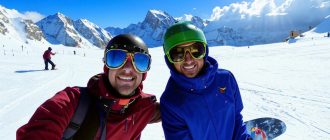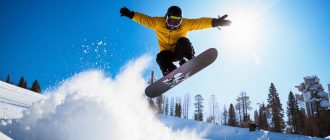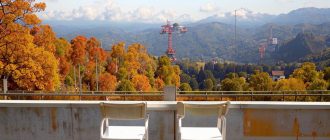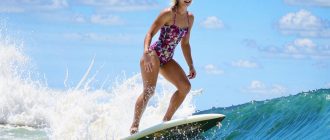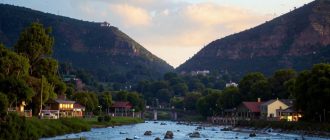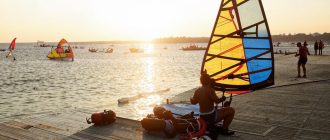Nepal is considered the best place for long hikes in the mountains. And you can see why – clean air, a way of life barely touched by civilization, the highest mountain peaks in the world, ancient Hindu and Buddhist monasteries – you come back from Nepal renewed and inspired.
Let’s find out together why Nepal is so tempting, when it is better to go there for trekking and what equipment to prepare for trekking in the mountains.
Why choose Nepal for trekking?
- The first and the most important reason is the mountains. Eight of the 14 eight-thousanders are located in one place: Everest, Kanchenjunga, Lhotse, Annapurna, Manaslu, Dhaulagiri, Makalu, Cho-Yoyu. The beauty and height of these mountains is simply breathtaking.
- Nepal is a very distinctive and interesting country. It has many amazing places that are really worth seeing.
- Over the past 40 years, the Nepalese government has done everything possible to make trekking safe and accessible for travelers. Trails are marked, villages have gesthouses with a sufficient level of comfort, there are many different routes, accompanied by guides who are right on the spot.
When is the best time to go?
Nepal usually has two tourist seasons: from March to mid-May and from October to early December. This time is considered the most favorable for trekking, as the weather is quite stable – 20-30 degrees of heat on the plain and not so cold in the mountains.
For trekking through the jungle, local villages at an altitude of up to 4000 m it is better to choose the spring season: at this time rhododendrons bloom in the valleys. And if you go above 4000 meters, in spring there will still be snow and the lakes will be covered with ice.
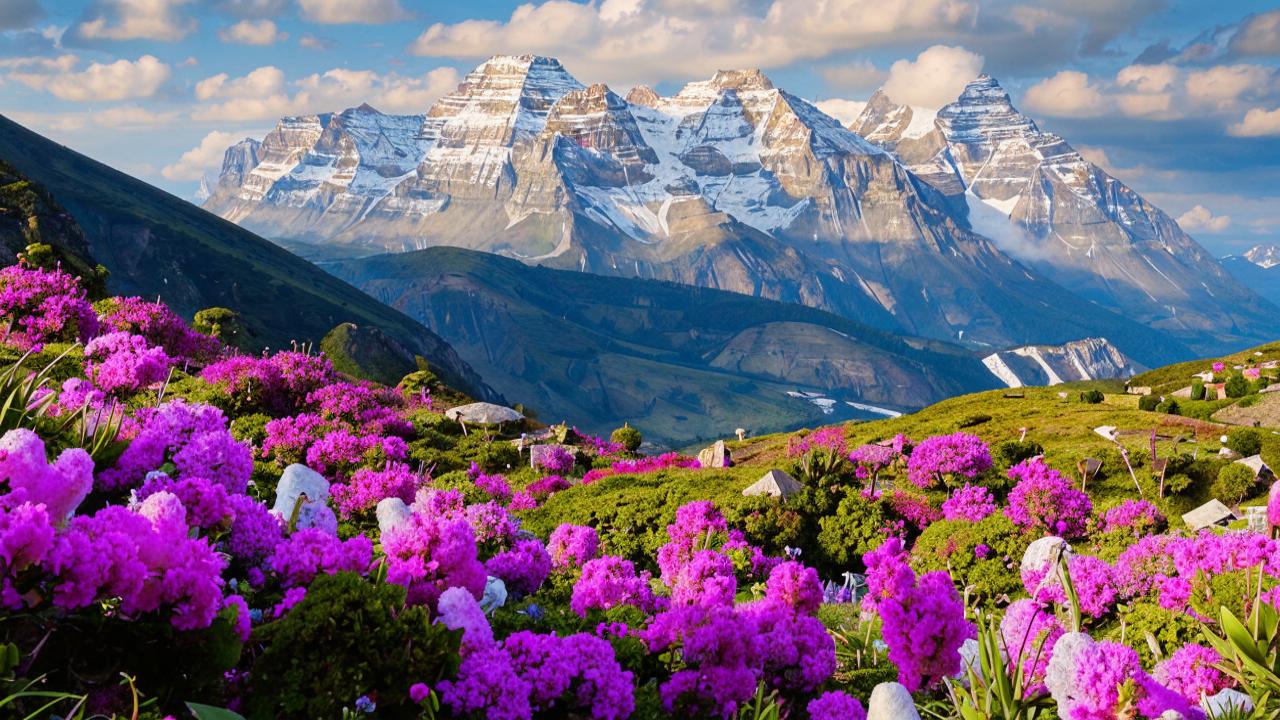
In the fall, snow lies mostly above 5000 m on passes, peaks and glaciers. But at this time all the lakes are already open and the most important thing for trekking is warm enough comfortable weather. Up to 4000 m you can go in a T-shirt, above – in fleece and windproof jacket. You should be ready for the fact that at night there may be frost.
Summer is the monsoon season in Nepal – this is not the best time to travel. In winter it is quite possible to hike, but you should be prepared for the fact that the average temperature is 10-15 degrees lower than in the fall. Some passes may be closed due to snowfalls. But everything has its advantages – at this time there are few tourists in Nepal. However, you should prepare for winter hiking thoroughly and properly.
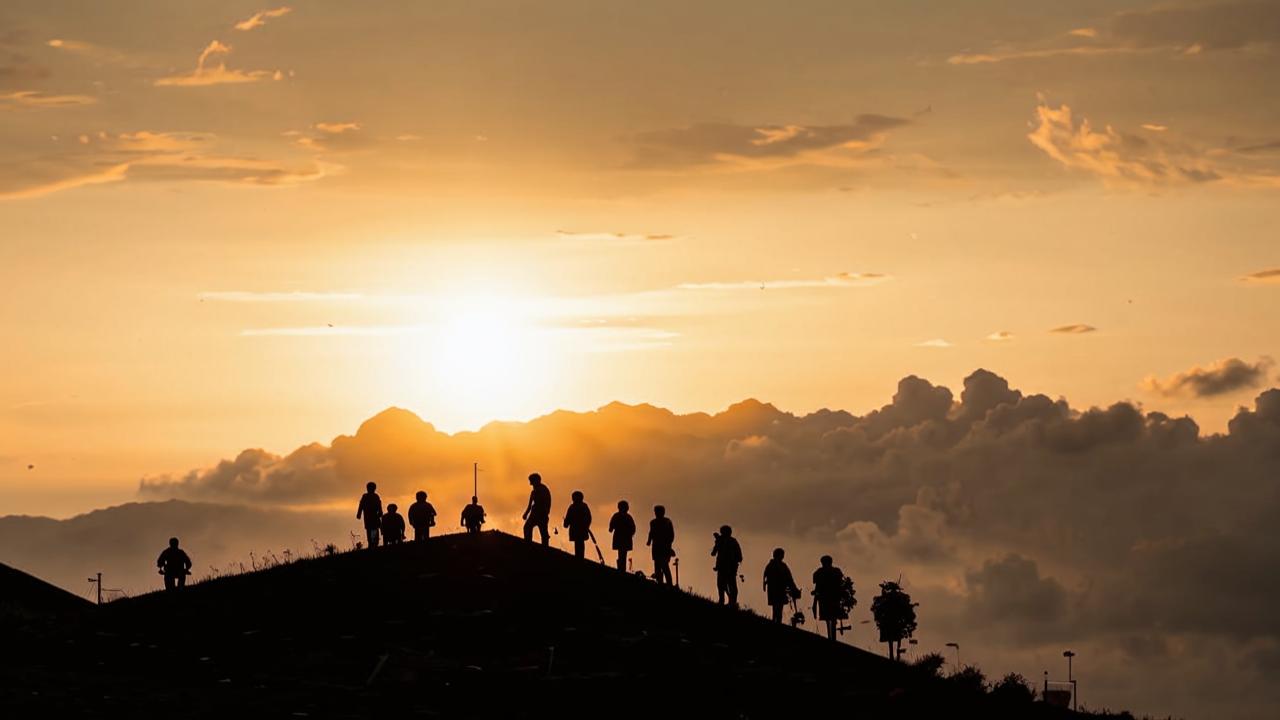
What to take with you?
Backpack with rain cover
The optimal volume of the backpack is 40-50 liters. It should have a comfortable waist strap, a ventilated backrest is desirable. Don’t forget a waterproof cover, although the tourist season in Nepal is dry, it is quite possible to get caught in a downpour. With the right selection of equipment, the weight of a backpack in trekking rarely exceeds 10-12 kilograms. Such a backpack can be carried by any person in good physical shape even in high altitude conditions. But in Nepal trekking you can simplify your life even more: hire a porter – a person who carries your belongings during the trip.
Sleeping bag
Before traveling, it is important to find out if you will need a sleeping bag on a particular route. There are nuances here. For example, on the most popular treks to Everest and Annapurna, gesthouses have warm blankets made of yak wool. It is difficult to freeze under them. However, not all gesthouses may be clean enough, so those who are uncomfortable with this and those who are allergic to wool should bring a light sleeping bag.
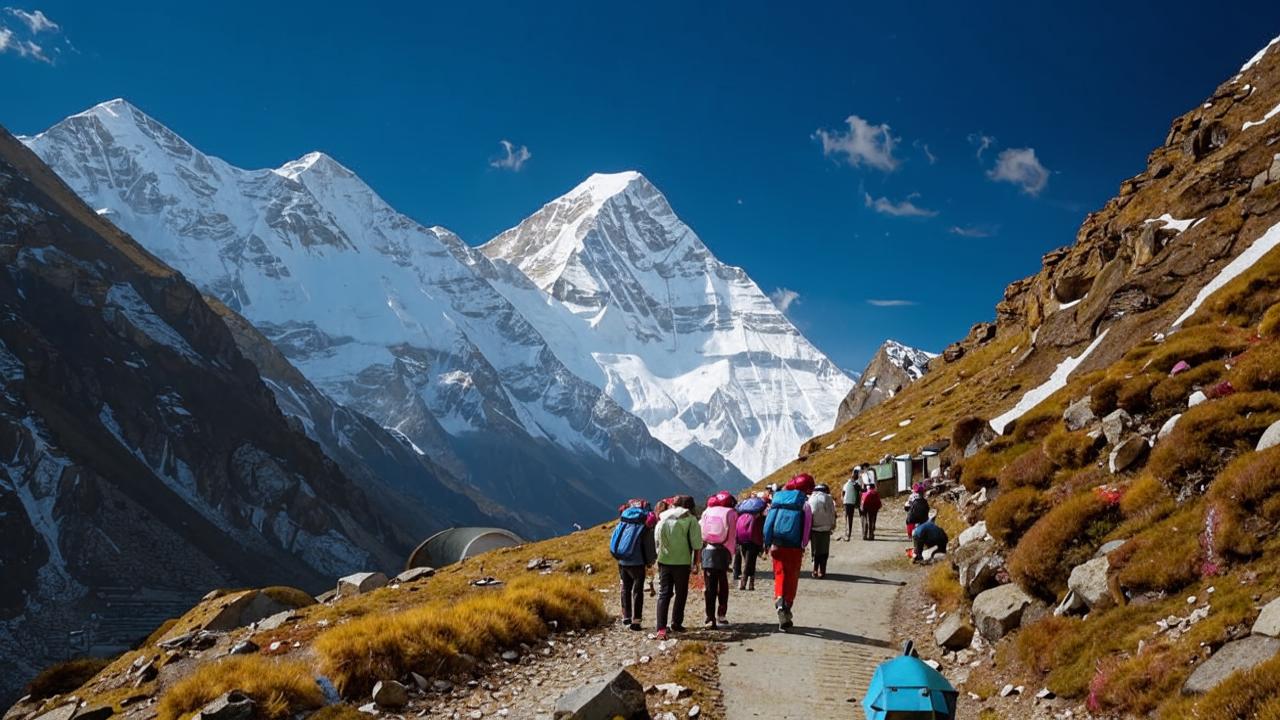
Trekking poles
They significantly reduce the load on your knees and help you keep your balance on steep sections of the trail. You can do without trekking poles on easy short trails.
Sunglasses
The higher you climb in the mountains, the stronger the ultraviolet radiation. At least a couple or three days on the track you will have to pass in snow and at high altitude, so it is important to protect your eyes. Goggles are the one piece of equipment you should never skimp on.
Headlamp
Not everywhere in Nepal has electricity. And if you are going to storm a pass, for example, you will have to go out in the dark, so you can’t do without a headlamp.
Clothes for any weather
Going to Nepal, you need to prepare for both heat and cold. When choosing clothes, the theory of layers works: thermal underwear – insulating layer – windproof and waterproof.
Footwear
The most important part of the tracker outfit. Its quality and comfort determines how easy and comfortable it will be on the route. Shoes, which you plan to take on a trip, should be worn before departure to make sure that your feet are comfortable and nothing chafes.
A trekking route usually starts 600-800 meters above sea level in the tropical jungle. The highest point of the trek is around 4-5 thousand meters.
Therefore, two pairs of shoes will be required:
- Sturdy sandals, preferably with toe protection, or lightweight sneakers. In them you will go up to the height of 2-3 thousand meters. m. Good sandals are not hot when walking for a long time and your feet are less tired.
- Trekking boots provide ankle support, good grip on the ground and snow and protection from the cold.
In addition to two pairs of shoes, you can bring slates to give your feet a break from cramped boots and sandals in the evenings.
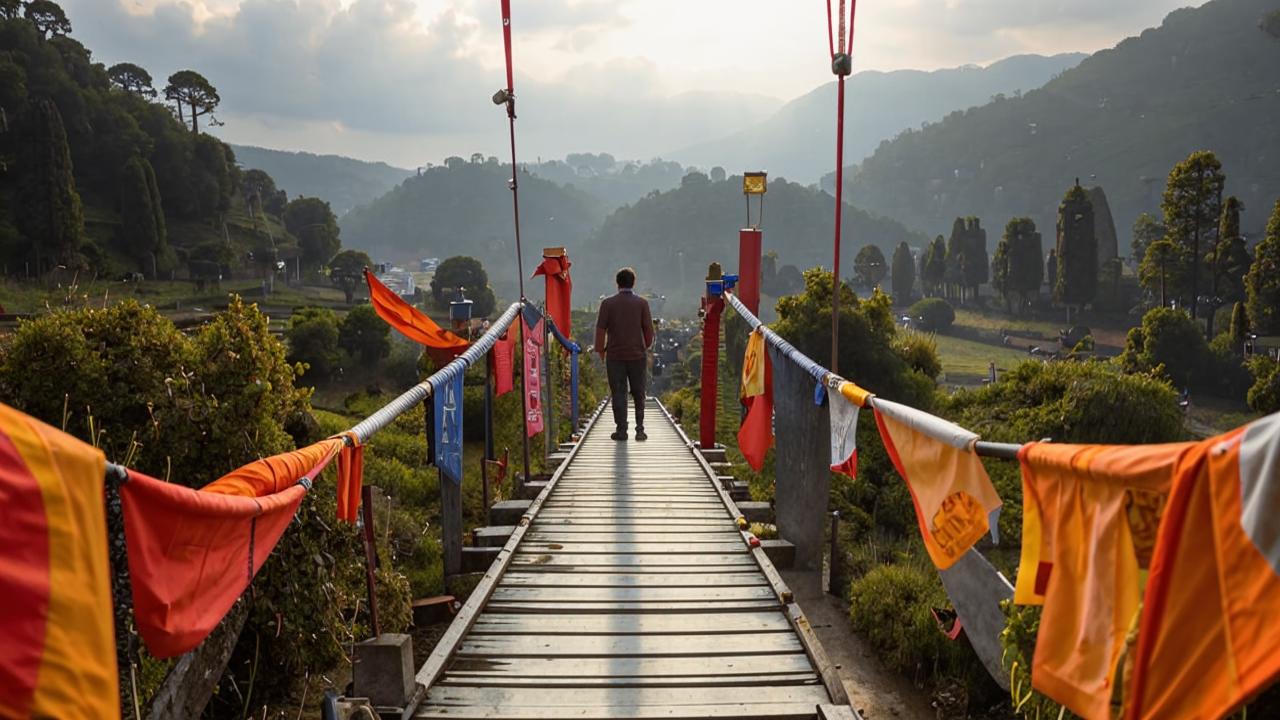
How much does it cost?
Program prices are listed for each individual trek and there is a description of what is included. For most treks it is: accommodation in lodges on the trek, transportation costs, accommodation in hotels in Kathmandu and Pokhara, all necessary passes and documents, services of a Russian-speaking guide, services of a Nepali guide, group first aid kit. Differences are possible, so you should read carefully in the description of each individual trek.
Flights to Kathmandu from Russia will cost $ 500-750 (about 50 thousand rubles).
Expenses not included in the cost of the trek:
- Food – about $ 15-30 per day (2200 rubles).
- Porter services – $ 10 (725 rubles) per day.
- Excursions – about $ 50 (3625 rubles).
- Souvenirs and other expenses.
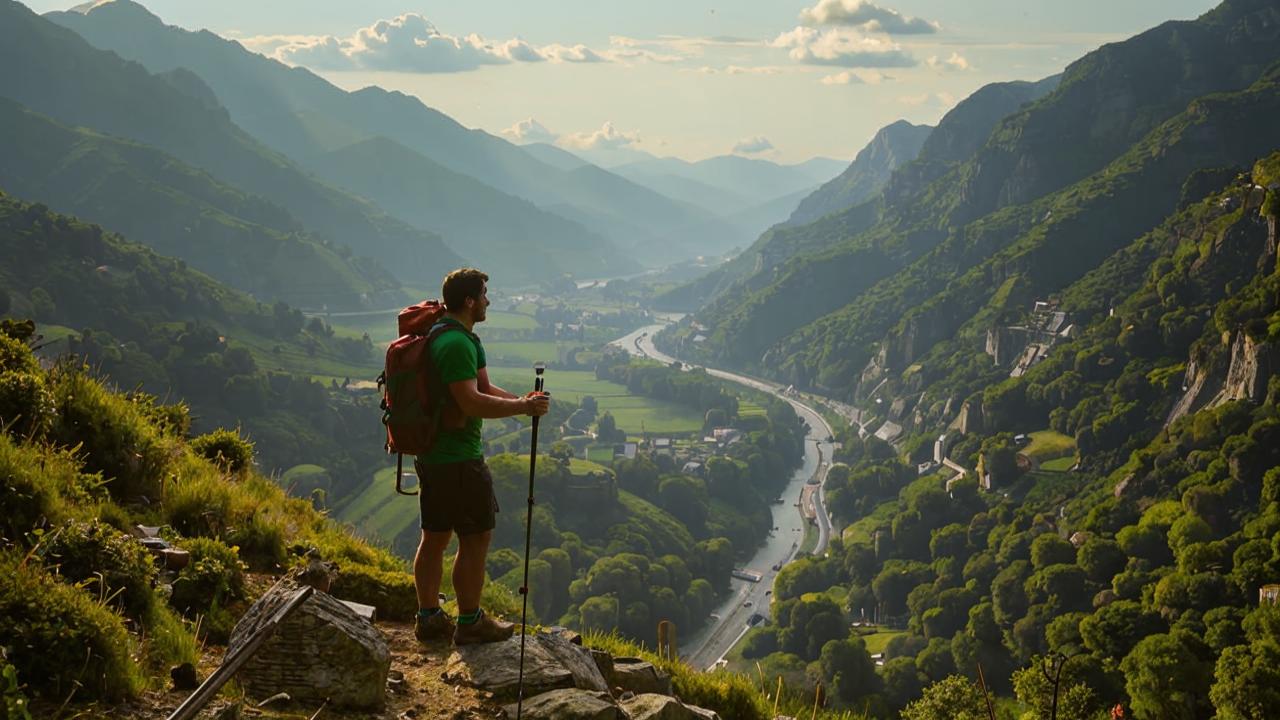
For example, let’s calculate the full cost of the trek to Annapurna base camp.
- Flight – $ 650 (47 133 rubles).
- Trek – $ 750 (54 385 rubles).
- Food – about $ 195 (14 140 rubles).
- Kathmandu excursion – $ 50 (3625 rubles).
- Other expenses – $ 50 (about 4000 rubles).
Total: $ 1695 (about 123 thousand rubles). This is the minimum amount you need for trekking in Annapurna.
In Nepal, you will discover many amazing things: interesting routes, starry Himalayan sky, culture and life of high-mountain nationalities, diversity of nature. This is the place that everyone should visit.

